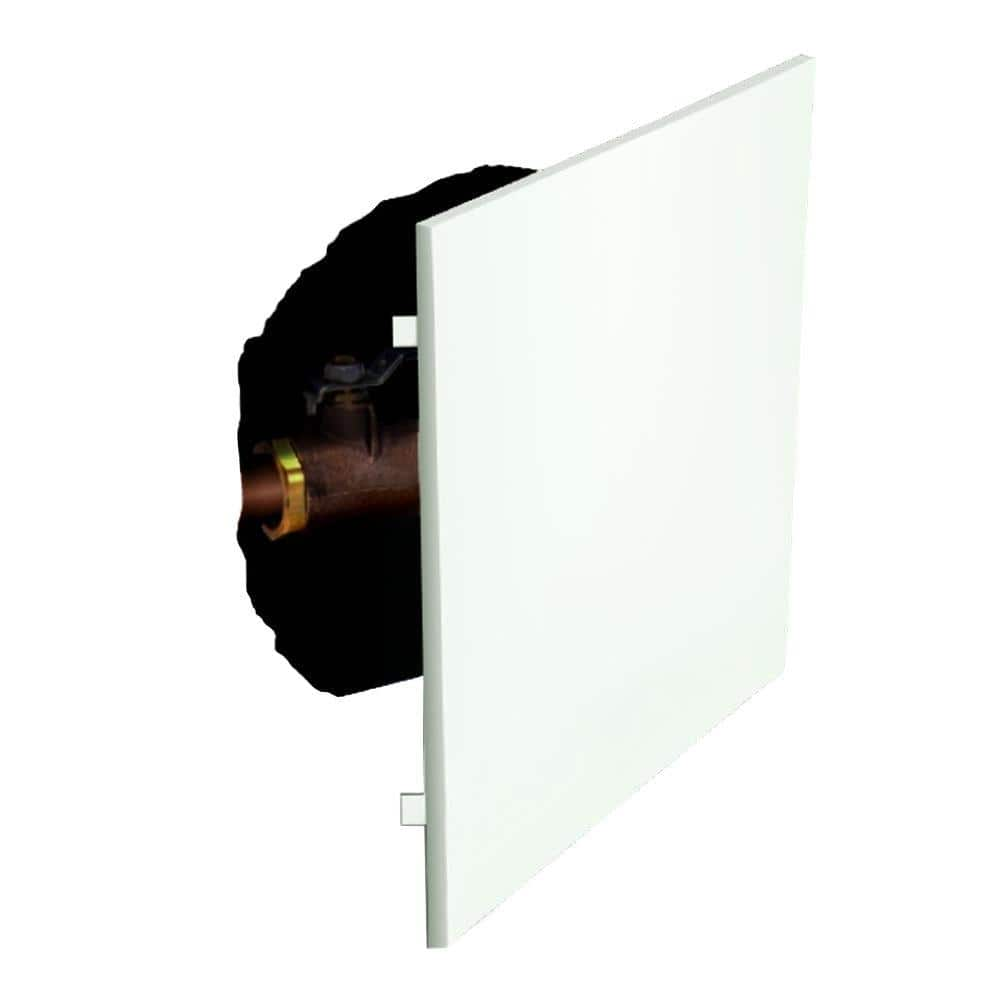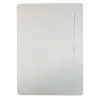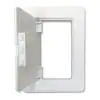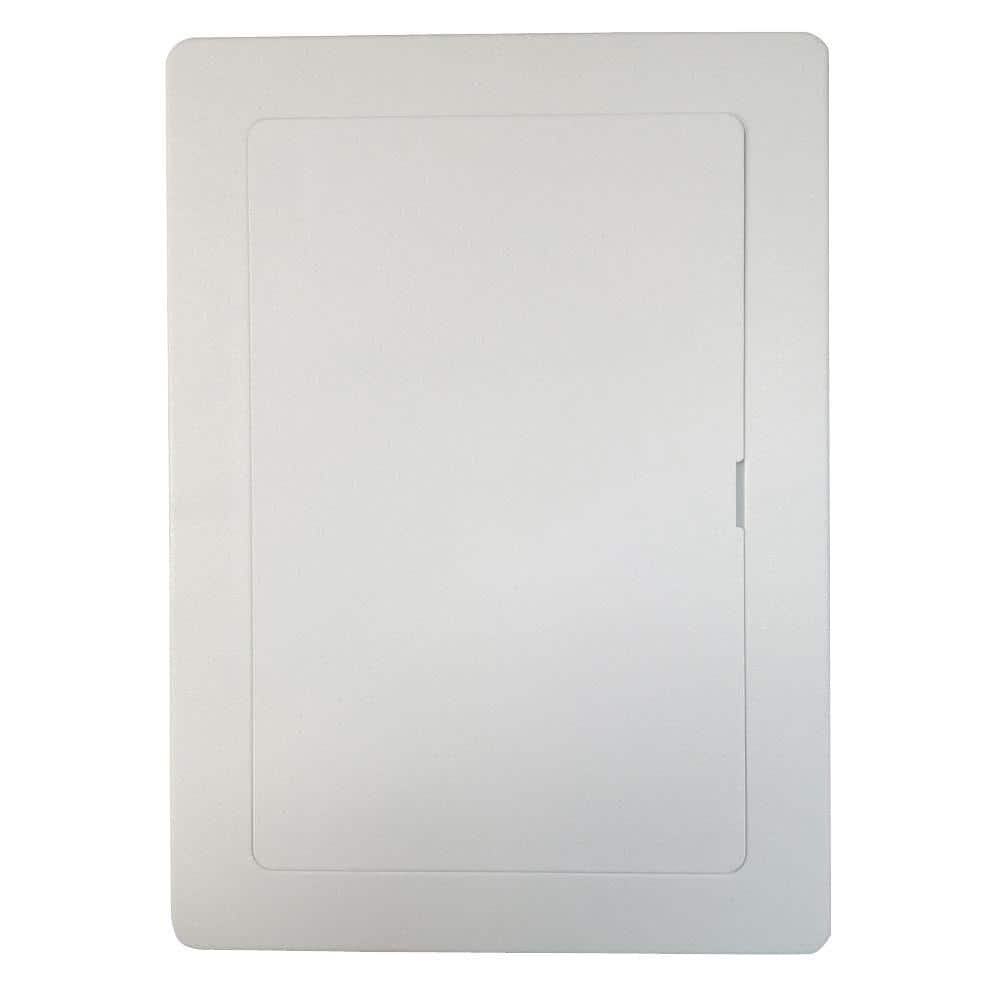Jerramundi
Senior Member
- Location
- Chicago
- Occupation
- Licensed Residential Electrician
Replacing an existing 100A Service for a new 100A Service... old Pushmatic that needs to go.
Not possible to route the SE Conduit on the exterior of the building to behind the panel and in.
Going into the building and then running maybe 10 ft before hitting the panel.
My question is, are there "SE rated junction boxes" that could be installed on the interior? Would this be okay?
I can't find anything that says it wouldn't be... except for... maybe the fact that there are accessible SE conductors before the main disconnect....
I've encountered this before and utilized an LB... which I made sure met Working Space requirements and remained accessible...
(that is, no hidden LB buried in the joist space... ahh memories, lol).
And it seems akin to commercial/industrial applications that utilize LBs on the interior.
Maybe I'm just stressing too much about a potentially future finished room and an LB on the interior just being awkward.
Thought if there was an "SE rated junction box" that it would look cleaner if the room ever got finished.
Thoughts? Thanks in advance!
Not possible to route the SE Conduit on the exterior of the building to behind the panel and in.
Going into the building and then running maybe 10 ft before hitting the panel.
My question is, are there "SE rated junction boxes" that could be installed on the interior? Would this be okay?
I can't find anything that says it wouldn't be... except for... maybe the fact that there are accessible SE conductors before the main disconnect....
I've encountered this before and utilized an LB... which I made sure met Working Space requirements and remained accessible...
(that is, no hidden LB buried in the joist space... ahh memories, lol).
And it seems akin to commercial/industrial applications that utilize LBs on the interior.
Maybe I'm just stressing too much about a potentially future finished room and an LB on the interior just being awkward.
Thought if there was an "SE rated junction box" that it would look cleaner if the room ever got finished.
Thoughts? Thanks in advance!





